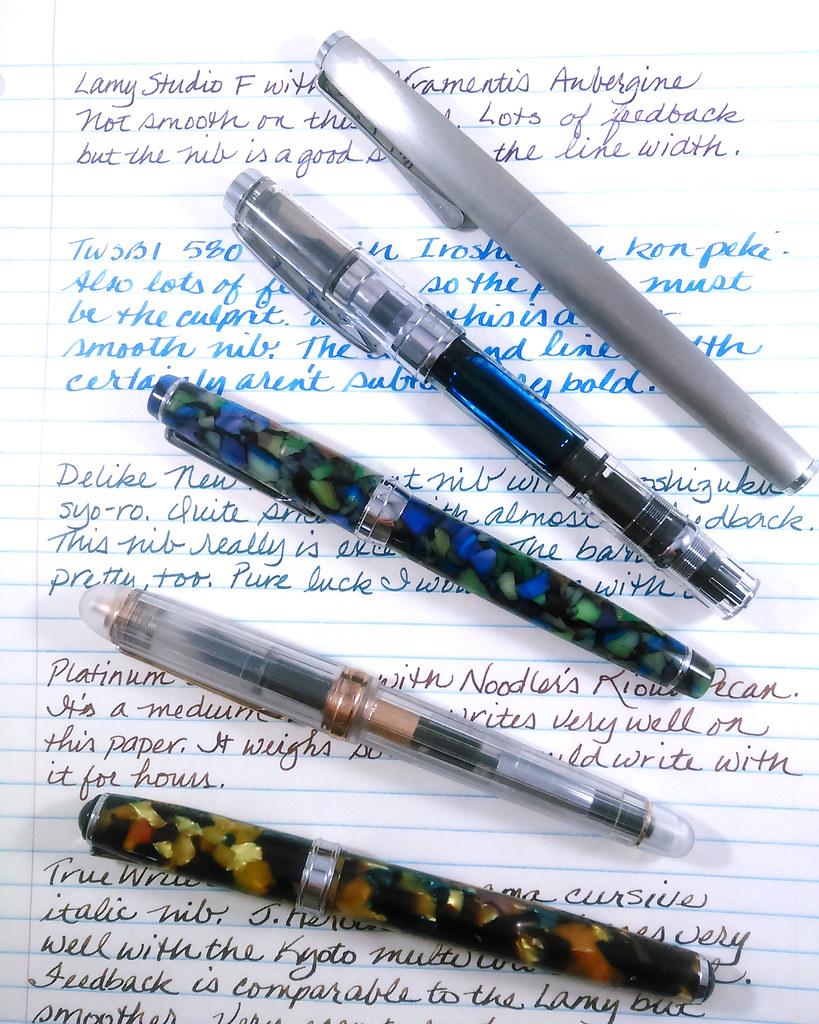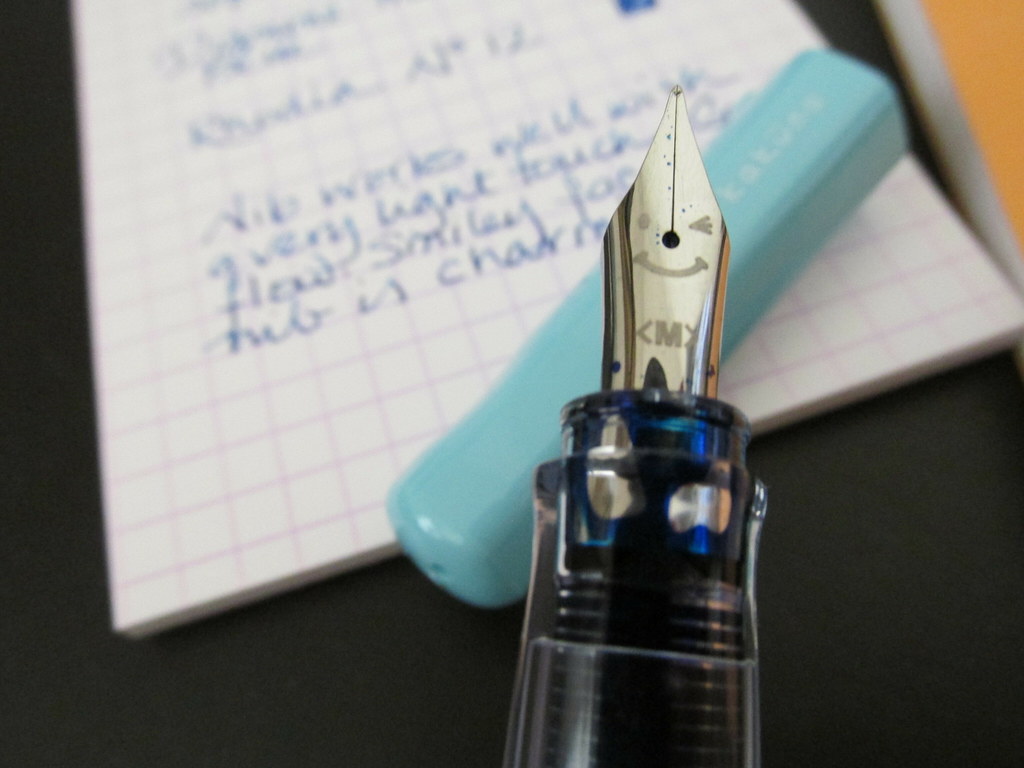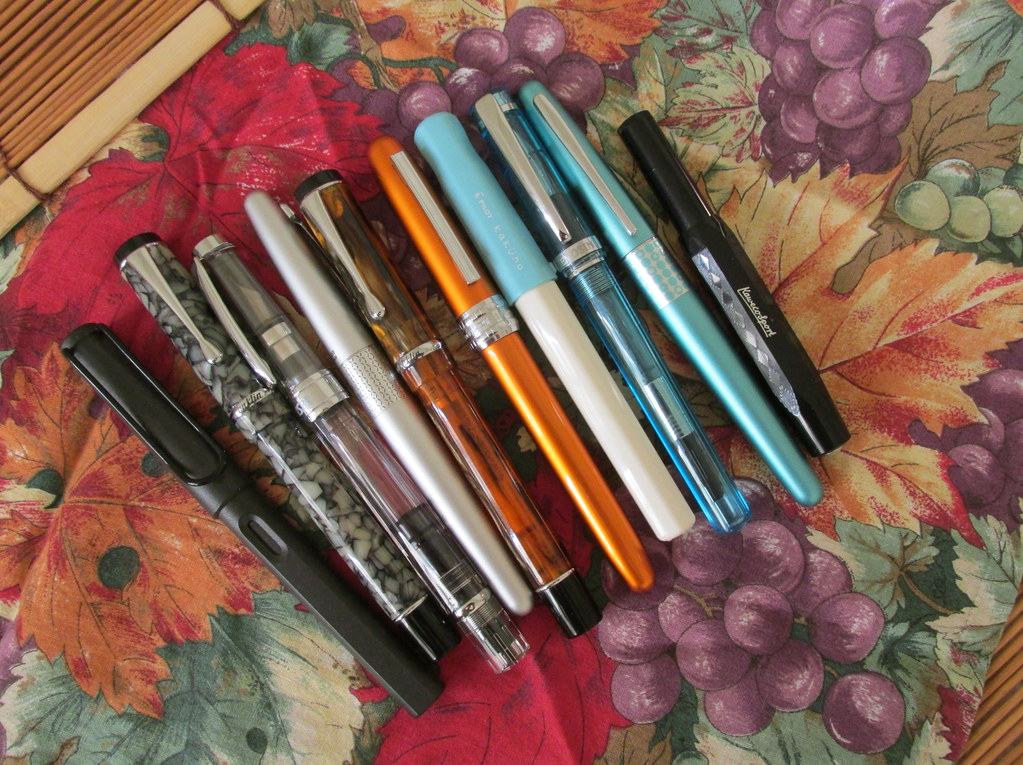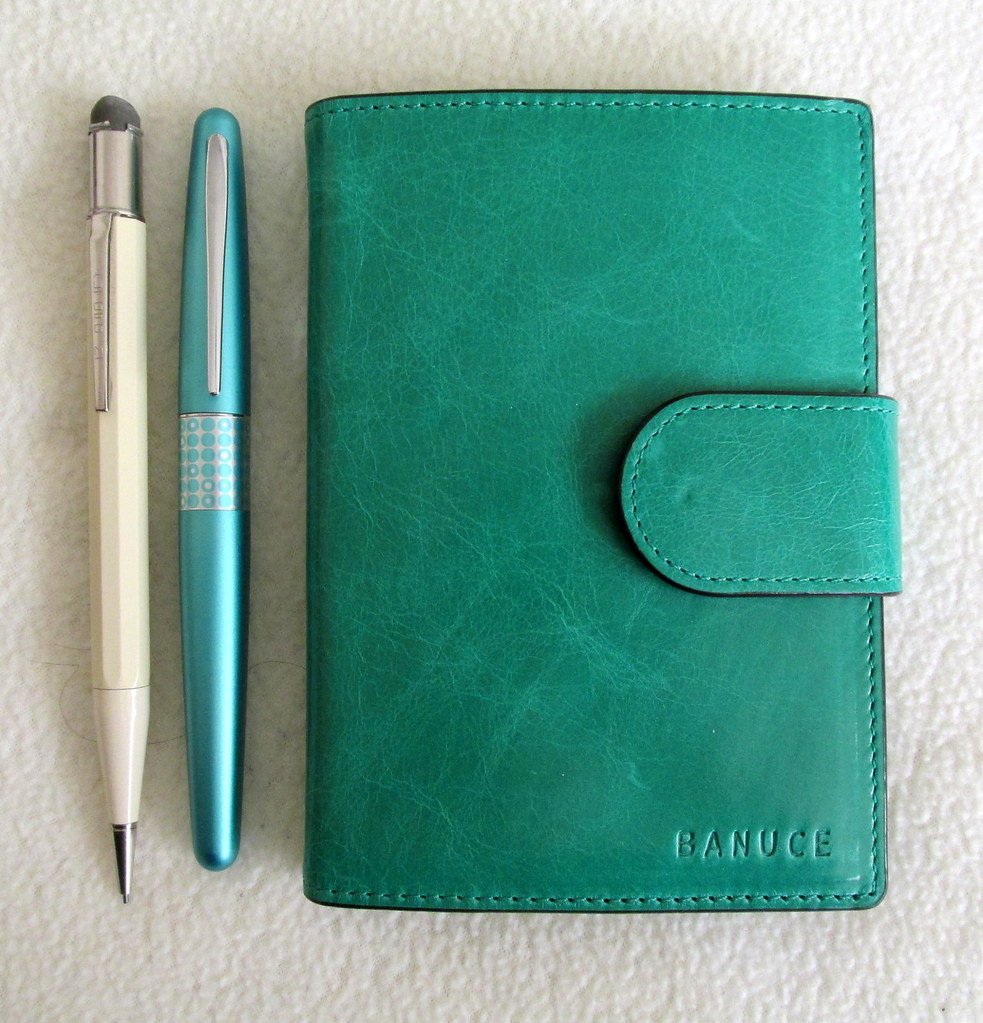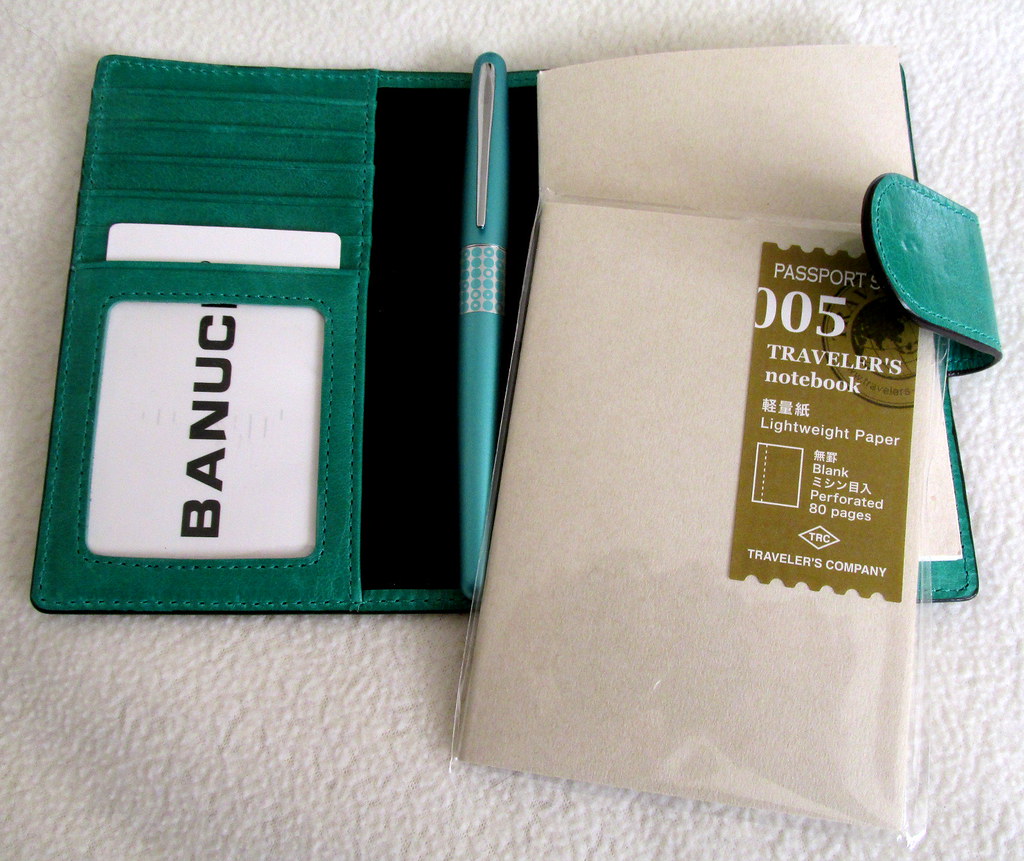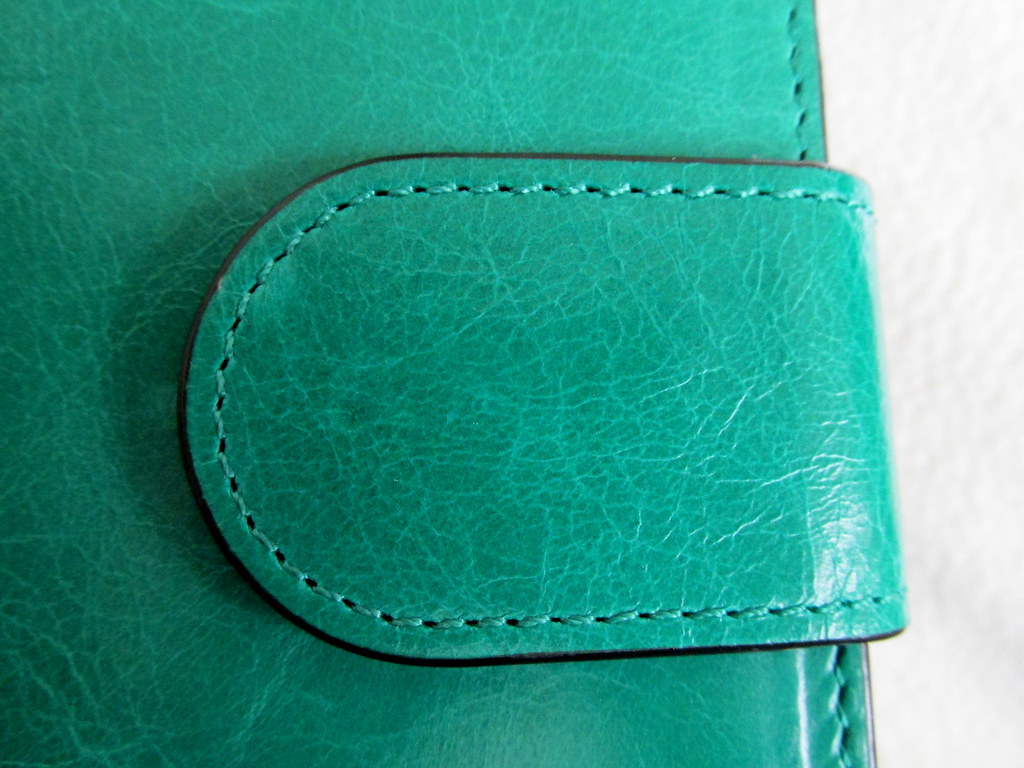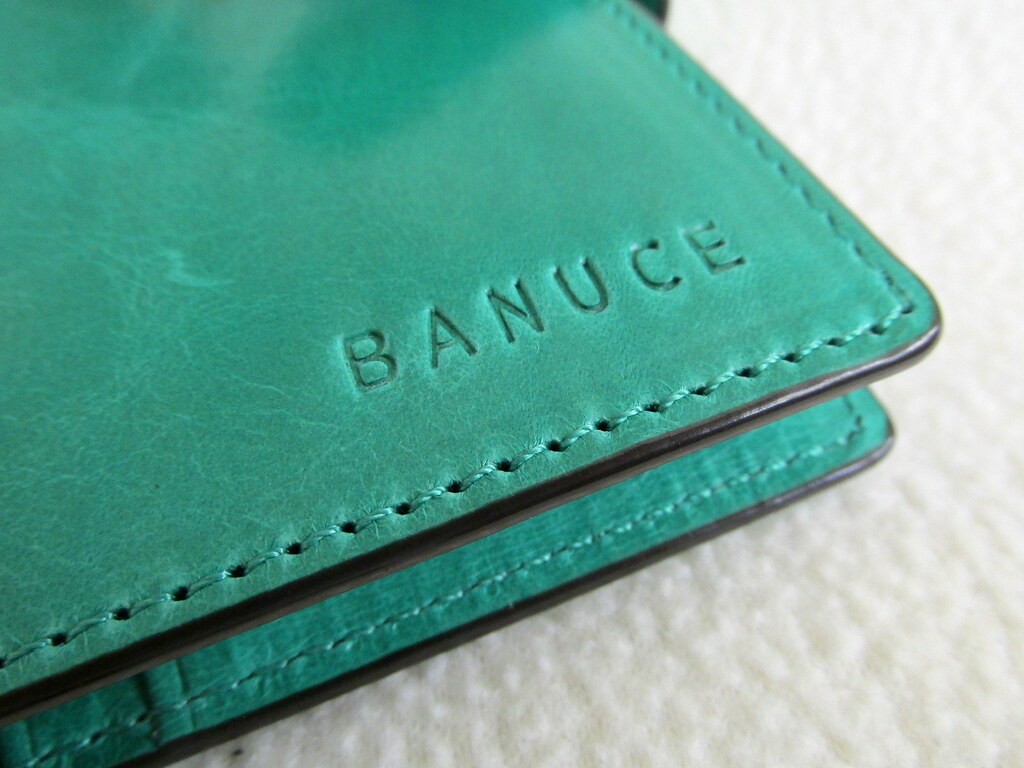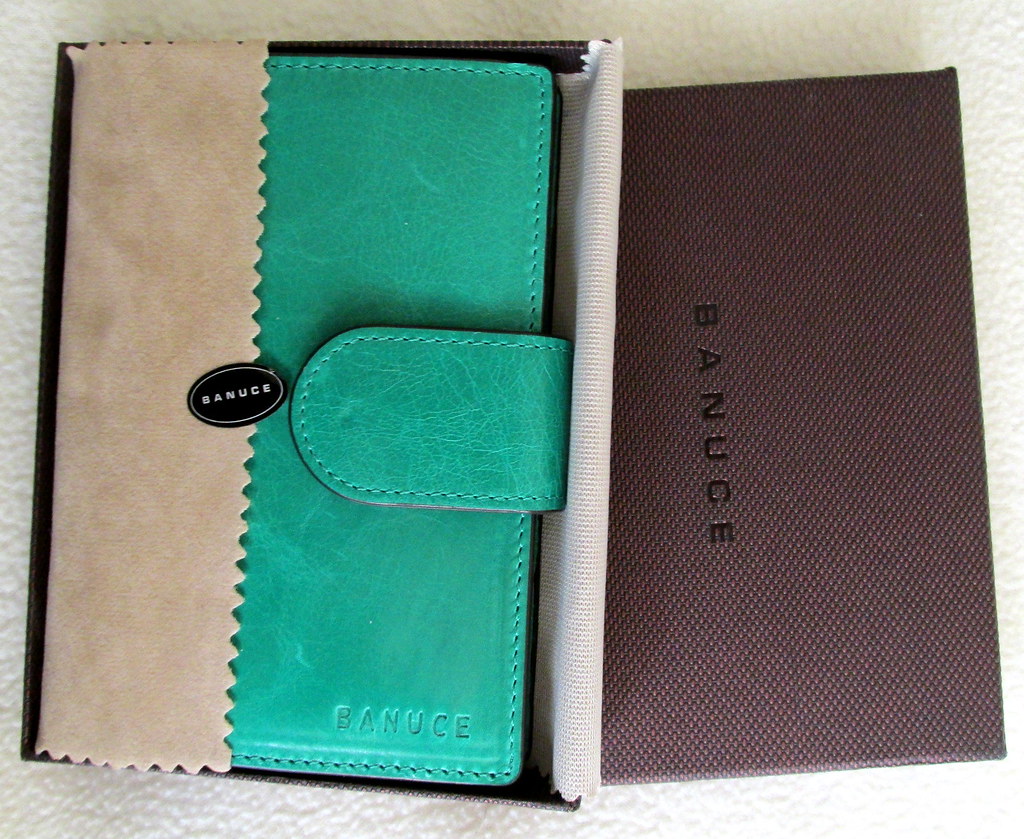Do your pens encourage you to write? In the past few months, old favorites as well as a few pens that never received much love got together and invaded my rotation. The final group is a bit different from my usual selection and I am now using several pens that were set aside long ago.
For years stubs and italics with a few exceptions were all I used. No fine or extra-fine nibs suited either my grip or my letter forms. That wasn’t a problem since my writing looked fine and the range of inks I was drawn to were lovely with those pens.
Then I decided to write notes for projects as well as personal musings in a journal, but which one to use?
A Traveler’s Notebook #013 with unlined Tomoe River Paper looked like a suitable size for my needs. So I popped the wrapper off of one, grabbed a 1.1mm stub with vivid ink, wrote a page and was affronted by the result. The journal size and the paper quality were fine but the writing overwhelmed them. It was simply too large and too dark. At the end of the day when I want to capture thoughts on the day’s accomplishments and make notes for future endeavors, something calming and relaxing is in order. In addition, I wanted to use both sides of the paper with a lined guide tucked beneath to keep my writing on the straight and narrow. To do this would require a finer nib and less intense ink. To the pen drawer I went.
Pens from my early days have very fine Japanese nibs, especially Pilot pocket pens and various 1970’s Platinum pens. The more recently acquired Pilot Metropolitans are also fairly narrow. In the western fine nib category, several Levenger True Writers were promising. A Delike New Moon fine fude received a test run as well.
Inks that were certain to be appropriate included several from Herbin, Iroshizuku and Sailor. Diamine had a lock on the brown range with Dark Brown and Raw Sienna. Lots of trial and error and attendant pen cleaning produced a pleasing rotation even if the pens are unusually narrow for me. What counts the most is whether they encourage writing and these are doing just that.
Do you think my wide nibs are jealous from having to cede part of my rotation to their skinny brethren? In truth, there are more inked pens on my desk than in recent memory. So much for my vow to maintain a minimalist rotation. The pens are winning. Who am I to disagree?


